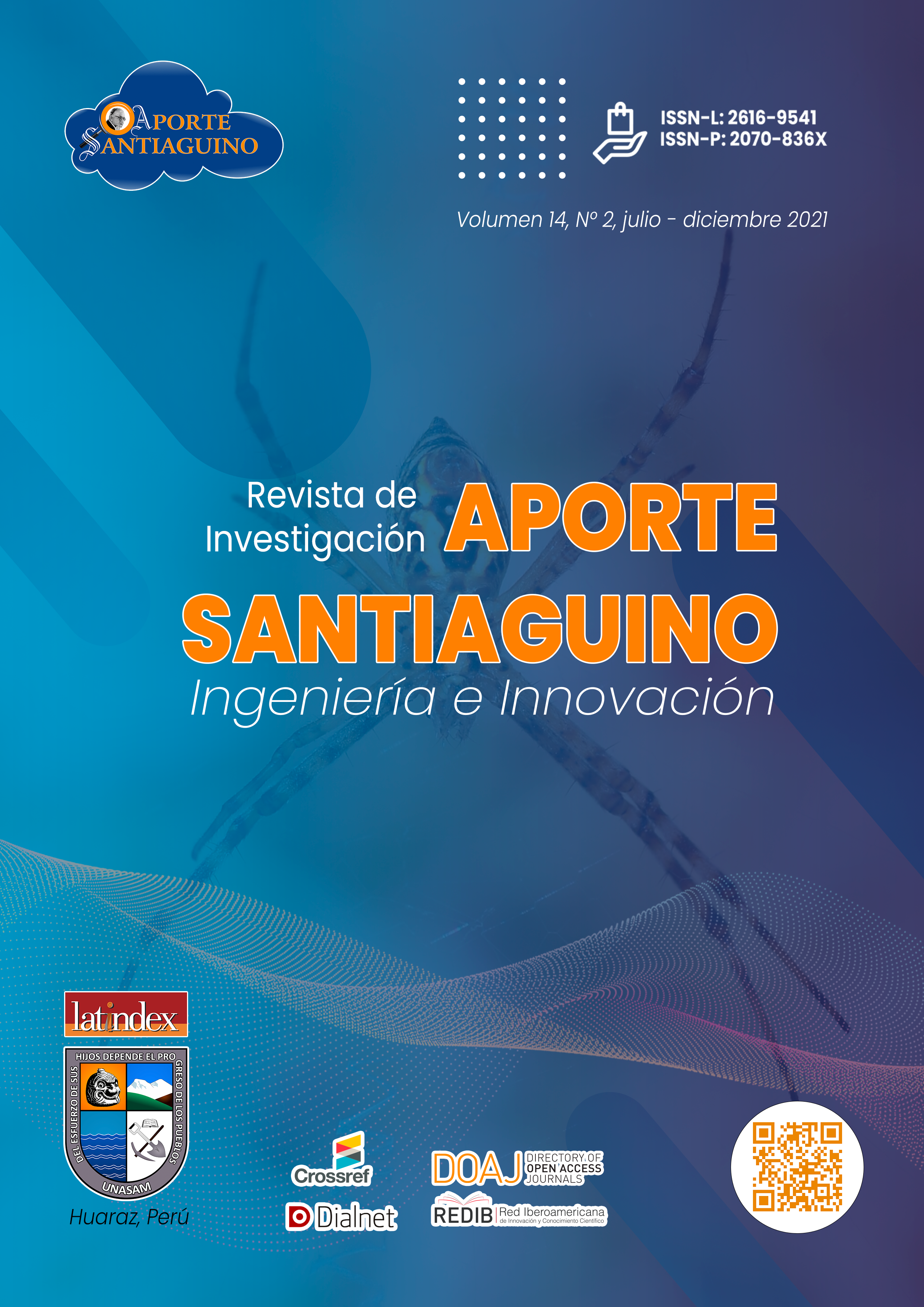Aprovisionamiento de nidos por la avispa alfarera Sceliphron fistularium (Dahldom, 1843) (Hymenoptera: Sphecidae) en Panamá
Aprovisionamiento de nidos por la avispa alfarera Sceliphron fistularium (Dahldom, 1843) (Hymenoptera: Sphecidae) en Panamá
DOI:
https://doi.org/10.32911/as.2021.v14.n2.800Keywords:
Spider, nests, spider-hunting wasps, mud cells, hosts.Abstract
Ten nests of Sceliphron fistularium were obtained in two sites: Panama Oeste province, shores of Gatun Lake, Jungle Land Panama, and the province of Panama in the building of the School of Biology, University of Panama, Central Campus. The complete nests consisted of 3 to 14 cells, making a total of approximately 79 cells among the 10 nests. The nests were tubular in shape with the upper end oval and the basal end with a slight decrease in acute form, arranged side by side along a horizontal axis, and were found attached to different artifacts: a telephone wire (Campus Central University of Panama, n = 2); in three plastic chairs and two in wooden ceiling beams, installations of a floating boat (Gatun Lake, Jungle Land Panama, chairs n = 5 and wood n = 3). The number of cells per nest ranged from 3 to 14, their length ranged from 32.5 to 38.6 mm and their diameter from 15.3 (anterior) to 5.27 mm (basal). The brood cells were provided with the spiders Alpaida veniliae (Keyserling, 1865) of the Araneidae family, each cell containing 3-4 spiders; the female wasp lays a single egg on the abdomen of one of the spiders by overwhelmed cells. The length and diameter of the male and female cells did not show differences. In S. fistularum, the females were significantly larger than the males. The sex ratio of the individuals obtained from the nests was 2-10 females: 1 male. S. fistularum for the construction of their nests uses muddy-sandy mud. The most common mortality factors are unknown, many cells with unhatched pupae were found.




















